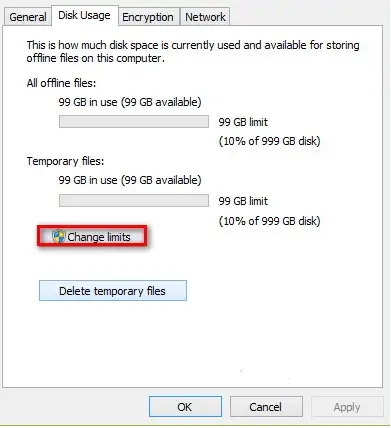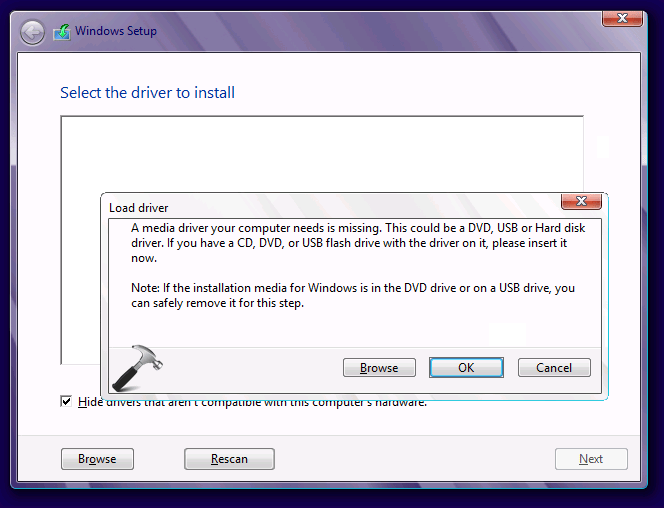

- Troubleshoot driver error messages windows 10 how to#
- Troubleshoot driver error messages windows 10 install#
- Troubleshoot driver error messages windows 10 update#
- Troubleshoot driver error messages windows 10 windows 10#
- Troubleshoot driver error messages windows 10 software#
Infamously known as the Blue Screen of Death, this error will generally occur when the Windows OS comes across a problem it can’t handle and shuts down to avoid further complications.
Troubleshoot driver error messages windows 10 update#
Troubleshoot driver error messages windows 10 software#
If you’ve restarted multiple times and you’re still getting the error, then there is a possibility that something is wrong with your software distribution folder. Removing your security software can help at times though it’s not recommended. Often times it will require a few computer restarts in order to fix it. However, if you initiate the Windows Update, these types of errors can occur for various reasons.
Troubleshoot driver error messages windows 10 windows 10#
We will be happy to help you.0x80070057, WindowsUpdate_8007002C, WindowsUpdate_dt000, 0x80072ee7, 80070005, 80240020, 80246007, 80070004… and many more.Īccording to Microsoft, these errors occur when Windows 10 initiates an automatic update and a program requires user interaction.

If you have any further query in future, feel free to contact us. I also request you to follow the below article:
Troubleshoot driver error messages windows 10 install#
Step 2: Go to the Computer or Sound Card manufacturer’s website and search for the latest Windows 10 drivers available for the Sound Card model and then install it by following the instructions given in the website. Update Driver Software from the Manufacturer’s website. After the restart, please go ahead with the next steps to install the latest drivers and check if that resolves the issue.Follow the on-screen instructions to complete it and the restart the computer if prompted.Remove the corrupted drivers from the computer. On the un-installation window, if you have an option: “Delete the driver software for this device” you may select that and then Search for the Sound driver from the device list, right click on it and then select “Uninstall”.Click on “Device Manager” from that list.Press “Windows Logo” + “X” keys on the keyboard.Sound problems can be caused by cables that aren't connected properly, damaged drivers, incompatible drivers, sound settings, missing updates, and problems with your sound card. Click on troubleshooting and click on the view all option on the left panel.Change the view by option on the top right to Large icons.Press Windows key +X, select Control panel.I would suggest you to run this troubleshooter to check if the issue is with your Audio. Windows 10 has a built-in troubleshooter to check and fix issues with Sound.
Troubleshoot driver error messages windows 10 how to#


 0 kommentar(er)
0 kommentar(er)
